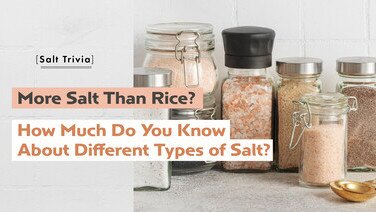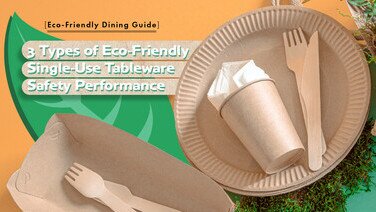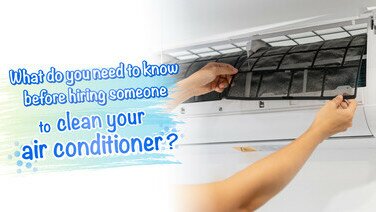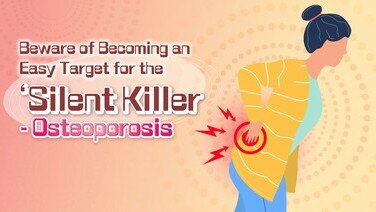1/ Will bleach expire?
From a test conducted by the Council, the concentration of sodium hypochlorite of some brands was lower than its claim. Manufacturers explained that sodium hypochlorite may decompose with time, leading to the instability. Although some will add stabilizers in the product formulas to slow down decomposition, consumers should pay attention to the production or expiry date of bleach before purchase. For example, there are label instructions specifying its expiry period of 3 years.
2/ Big difference in concentration of bleach?
The Department of Health has drawn public attention to the baseline of Sodium hypochlorite concentration, which is 5.25% when preparing 1:99 or 1:49 diluted household bleach (i.e. mixing 10ml of bleach to make a 1 liter or 0.5-liter solution). However, from a test conducted by the Council, 15 out of 22 product samples were found to contain a lower concentration than that. Therefore, consumers should read and find out the concentration of sodium hypochlorite specified on the product label.
Past reference available in Chinese: Issue 393 of CHOICE Magazine
3/ When we need 1:49 or 1:99 diluted bleach?
For bleach containing 5.25% sodium hypochlorite, properly dilute the bleach to achieve appropriate concentration as follows:
1 to 99:
1:99 diluted household bleach (mixing 1 part of 5.25% bleach with 99 parts of water) is used for general household cleaning and disinfection;
1 to 49:
1:49 diluted household bleach (mixing 1 part of 5.25% bleach with 49 parts of water) is used for surfaces or articles contaminated with vomitus, excreta, and secretions;
1 to 4:
1:4 diluted household bleach (mixing 1 part of 5.25% bleach with 4 parts of water) is used for surfaces or articles contaminated with blood spillage.
4/ How to calculate the diluted concentration?
If the sodium hypochlorite concentration of bleach is above or below 5.25%, then make adjustments to the amount of bleach.
- Calculation: Multiplier of the amount of bleach added = 5.25 / concentration of sodium hypochlorite in bleach.
- For example, when diluting a bleach-containing only 5% sodium hypochlorite, the multiplier is 5.25 / 5 = 1.05. That means 10ml x 1.05 = 10.5ml of bleach should be used when preparing a bleach solution.
5/ Use the bottle cap to measure the amount of bleach?
Do not use the bottle cap for measurement of the amount of bleach for convenience. The Council’s survey revealed that the volume of bottle caps varied greatly among the samples. For instance, for product samples of 2 liter or below, the cap volume ranged from 8 to 40 ml, representing a difference of 4 times! While those of 2 liter or above showed a range of 8 to 15 ml. It is suggested to use a tablespoon or measuring cup for accurate measurement of the amount of bleach added, or find out the actual volume of bottle cap in advance to achieve appropriate concentration.
6/ Mix with other detergents to enhance its efficacy?
Not really! On the contrary, chemical reactions may greatly reduce its oxidizing power, resulting in the loss of its bleaching and sterilizing capability. For example, a toxic gas is produced when bleach is mixed with acidic detergents or those used for toilet cleaning. This can result in accidents and injuries. It is recommended to use detergents first and rinse thoroughly with water before using bleach for disinfection.
7/ Bleach can serve all-purpose?
Avoid using bleach on metals, wool, nylon, silk, dyed fabric, and painted surfaces. Except for stainless steel, do not wipe or soak metal products with bleach. In addition, do not pour high-concentration and undiluted bleach down a drain to avoid damaging the metal pipes, which will result in leakage.
8/ Dilute the bleach in bulk?
For effective disinfection, diluted bleach should be used within 24 hours after preparation. The longer the storage time, the larger the amount of sodium hypochlorite decomposes.
9/ Stock up on bleach?
Should not stock up on bleach. Undiluted bleach liberates a toxic gas when exposed to sunlight, thus store in a cool, shaded place and out of reach of children. Moreover, sodium hypochlorite decomposes with time. To ensure its effectiveness, purchase recently produced bleach and avoid over-stocking.
10/ Use and store bleach with caution?
Since the bleach will irritate mucous membranes, the skin and the airway, put on appropriate personal protective equipment (e.g. mask, gloves, safety goggles, and plastic apron) and ensure good ventilation when diluting or using bleach. Avoid contact with eyes. If bleach gets into eyes, immediately rinse with water for at least 15 minutes and consult a doctor.
Source: Combined information from Issue 319 of CHOICE Magazine (2003/05) and website of the Centre for Health Protection: The Use of Bleach


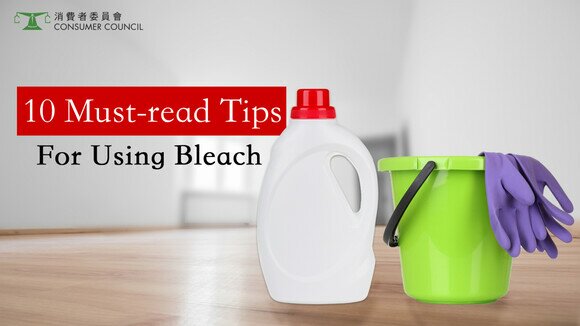




![[Baby Snacks Guide] Who Says Snacks Can’t Be Healthy?](/f/guide_detail/415742/376c212/bb%20snack.jpg)
